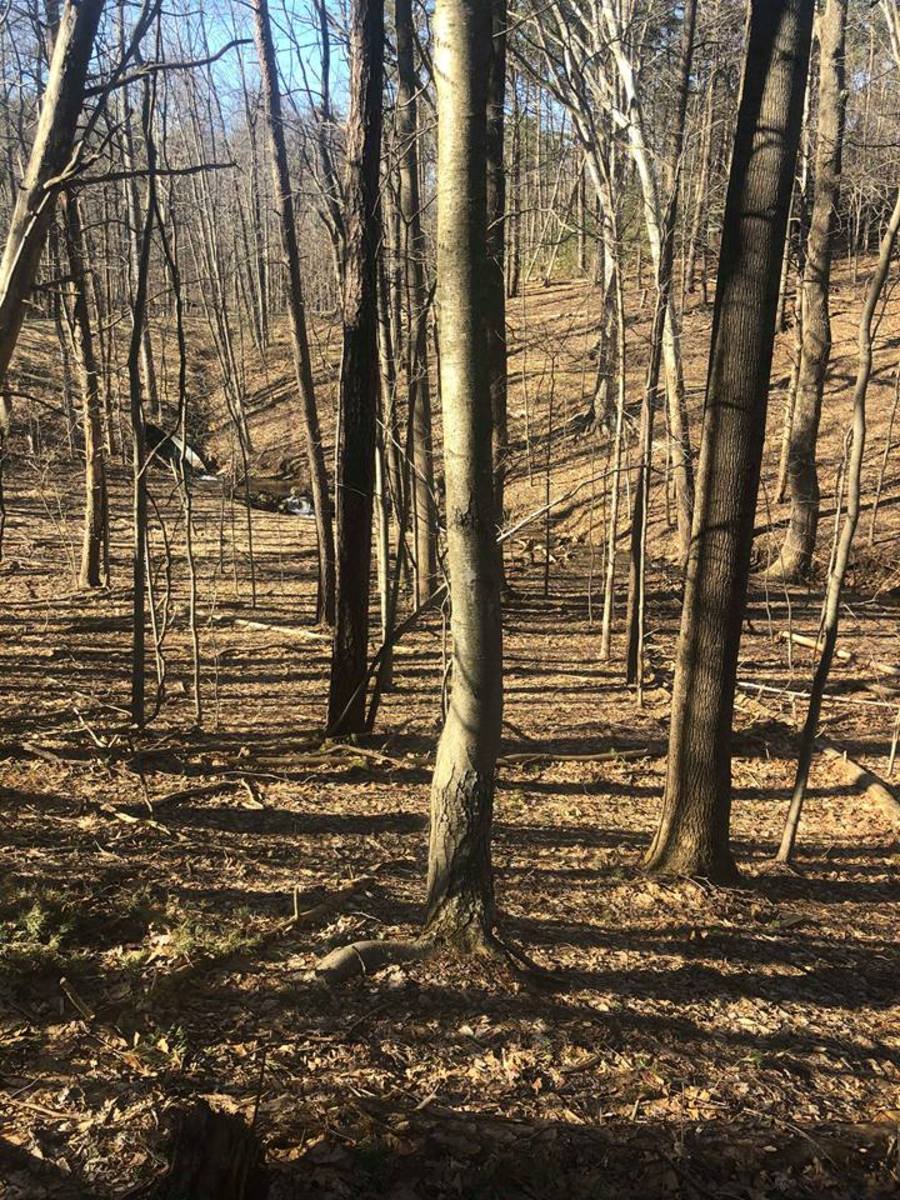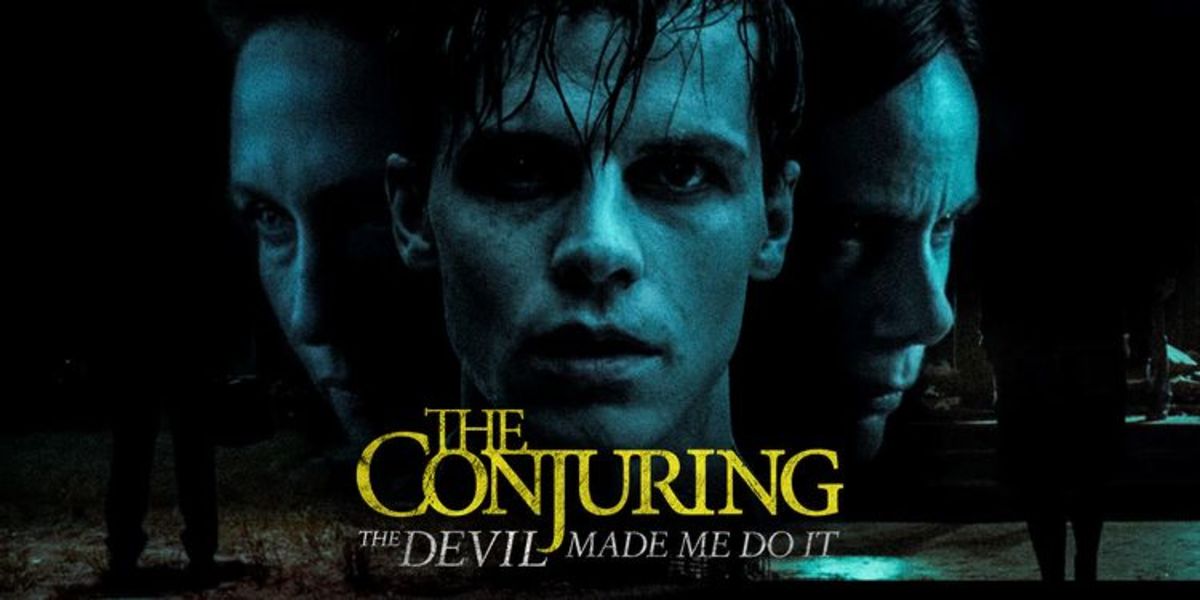The Original Family Feud: Hatfields Versus McCoys
In 1881, as Mark Twain scribbled away on parchment paper in Stormfield, his Hartford, Connecticut mansion, he imagined the young hero of the story he was creating, Huckleberry Finn, involved in a deadly fight between two warring Kentucky families along the Mississippi River, the Grangerfords and Shepherdsons.
The readers of his era, he well knew, would recognize the feud he was describing as a slightly altered version of one that actually existed and was then ongoing: the bloody rivalry between two families from opposite banks of the Big Sandy River, the border between West Virginia and Kentucky.
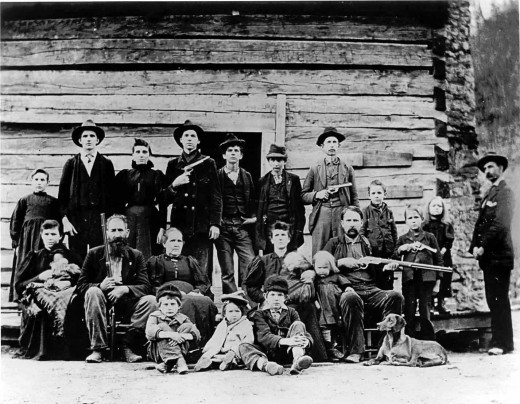
On the West Virginia side hailed the Hatfields, led by Patriarch William Anderson “Devil Anse” Hatfield, a successful timber merchant. On the Kentucky side dwelt the McCoys, a much less financially prosperous family whose patriarch was Randolph “Ole Ran’l” McCoy.
The origin of the strife between the families was at one time thought to be the murder of Harmon McCoy, who alone among the members of both families had fought for the Union side during the American Civil War.
McCoy was excused from the war after suffering a broken leg. Upon arrival home in Kentucky, Harmon was threatened by a Confederate vigilante group of which Devil Anse Hatfield was a member and shot for his treasonous service to the enemy. No suspect was ever brought to trial in the then-existing climate of pro-Confederate sympathy.
Not until 13 years later, in 1878, when some of the war fervor had begun to cool, did any retaliation come from the McCoys. A dispute over a hog was resolved in favor of the Hatfields by a Hatfield justice of the peace. Two McCoy brothers named Sam and Paris then murdered the witness for the Hatfields and were acquitted on an alibi of self-defense.
Tempers then escalated when one of Ole Ran’l’s girls, Roseanna, got impregnated by one of Devil Anse’s sons, Johnson, who was arrested by the McCoys in Kentucky on trumped up bootlegging charges.
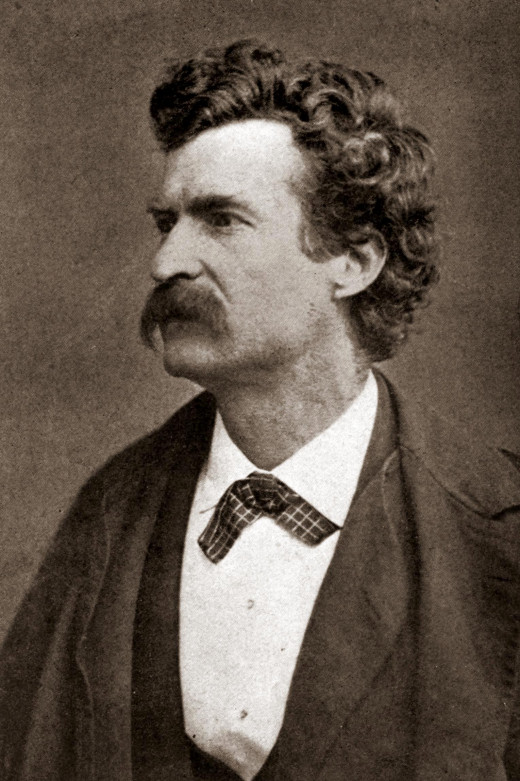
Roseanna begged Devil Anse to organize a rescue party to remove his son, her lover, from the cruel custody of her family, who were certain to torture and murder him as soon as they decided on the most spectacularly barbaric way to do it. Devil Anse then mobilized his own posse of Hatfields, which quickly trekked into Kentucky and surrounded the vigilante party of McCoys. The invaders threatened to kill all of the marauding McCoys unless Johnson was released. They complied and Johnson was returned to freedom.
But then Johnson did something that, to outsiders, must have seemed extraordinarily selfish and stupid. He abandoned his pregnant mistress and in 1881 married her cousin, another McCoy girl named Nancy, totally inflaming the rest of the McCoys who were then out for blood at any cost.
The blood came the next year. In retaliation for Johnson Hatfield’s violation of their sister’s virginity, three McCoy brothers, Tolbert, Farmer and Bud, waylaid Devil Anse’s brother Ellison, stabbed him 26 times and shot him in the head.
Hatfield police deputies tracked down the three McCoy brothers, pretended to follow due procedure by arresting them and transporting them to Pikeville, Kentucky, but then turned them over to yet another vigilante posse organized by Devil Anse, who abducted them and took them to West Virginia.
Devil Anse and his brigade of fire-and-brimstone Hatfield apostles then tied each of the offending McCoy brothers to a pawpaw bush and riddled them with bullets.

Charges against the Hatfield posse were dismissed by the pro-Hatfield judicial establishment in West Virginia. But a man named Perry Cline, who was married to Martha McCoy and who had lost a lawsuit to Devil Anse a few years earlier in a land dispute, pulled political strings to have the charges reinstated.
With about 20 rabid Hatfields facing hanging for the murder of the three McCoy brothers, Devil Anse riled up his clan and organized a massacre party to dispose of Ole Ran’l McCoy and his family in Kentucky.
Around midnight on January 1, 1888 a swarm of Hatfields surrounded Ole Ran’l’s log cabin, set fire to it, shot his two children and beat his wife. Ole Ran’l fled the scene and hid in the surrounding hills. His daughter Alifair died of gunshot wounds. The rest of the McCoys who were in the rural districts then moved en masse to Pikeville, where a sympathetic judiciary was in place to exact revenge on any more invading Hatfields.
It was at this point that the scope of the feud reached national and even international dimensions. West Virginia Governor Emanuel Willis Wilson threatened to send his state militia to invade Kentucky. In response, Kentucky Governor Simon Bolivar Buckner, a former brigadier general in the Confederate army, sent a senior advisor to the border region.
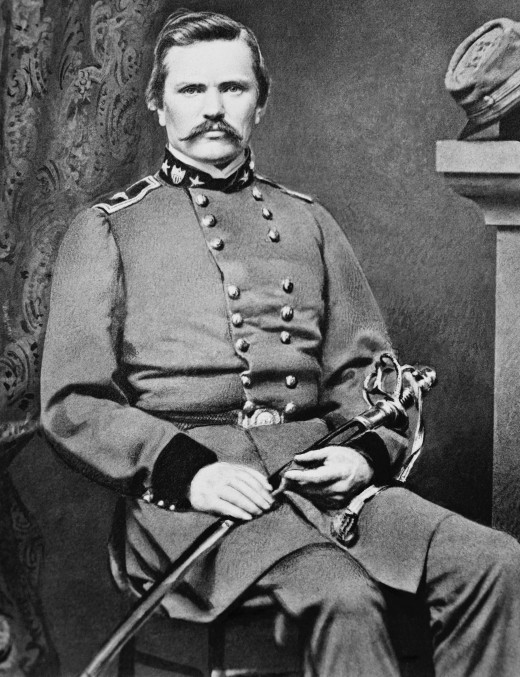
An illegal vigilante posse, with Governor Buckner’s connivance, entered West Virginia, killed two police deputies, rounded up the Hatfields responsible for the attack on Ole Ran’l’s family and the murder of Alifair, and dragged 8 men back across the Sandy River into Kentucky to face charges.
The Hatfields were enraged by the extradition and initiated litigation which ultimately reached the U.S .Supreme Court. In Mahon v. Justice (1888) the high court ruled 7-2 in favor of Kentucky, stating that fugitives returned illegally to the jurisdiction of their crimes could still be tried.
All eight of the Hatfield men were convicted of murder. Seven served life sentences and one cousin, “Cottontop” Mounts, who had been the one to shoot Alifair, was hanged. The public hanging of Mounts in Pikeville in 1891 brought about an end to the violence between the two families. But not until June 14, 2003, when sixty descendants of both families signed an official truce, was the feud ceremoniously ended.
Governors Paul Patton of Kentucky and Bob Wise of West Virginia then signed joint declarations making June 14 “Hatfield and McCoy Reconciliation Day”.
One of the most curious and violent episodes in American history, a hillbilly war incarnating on the American landscape the imaginary Montague-Capulet feud of Shakespeare’s Romeo and Juliet from 300 years earlier, was finally put to rest.

© 2015 James Crawford

